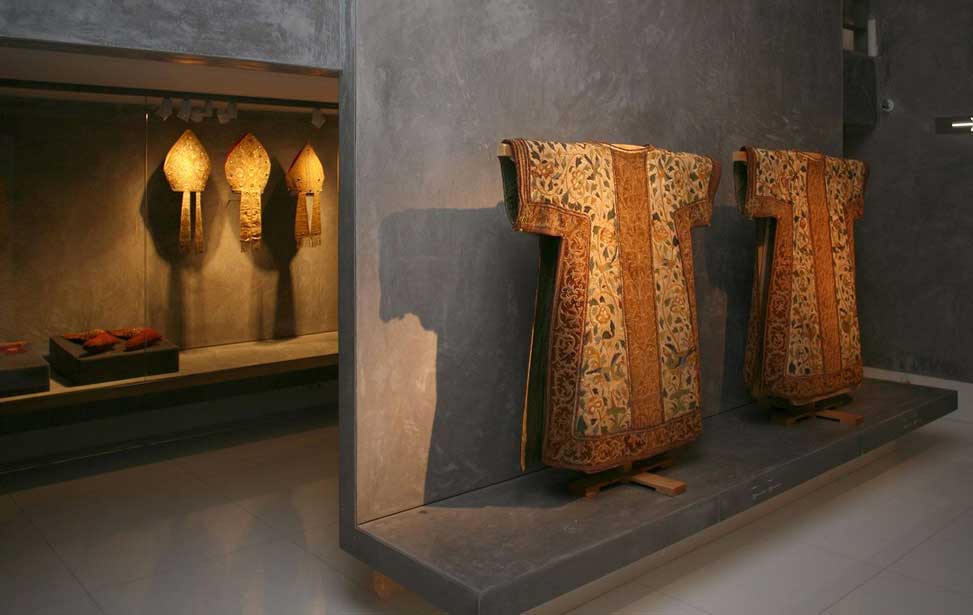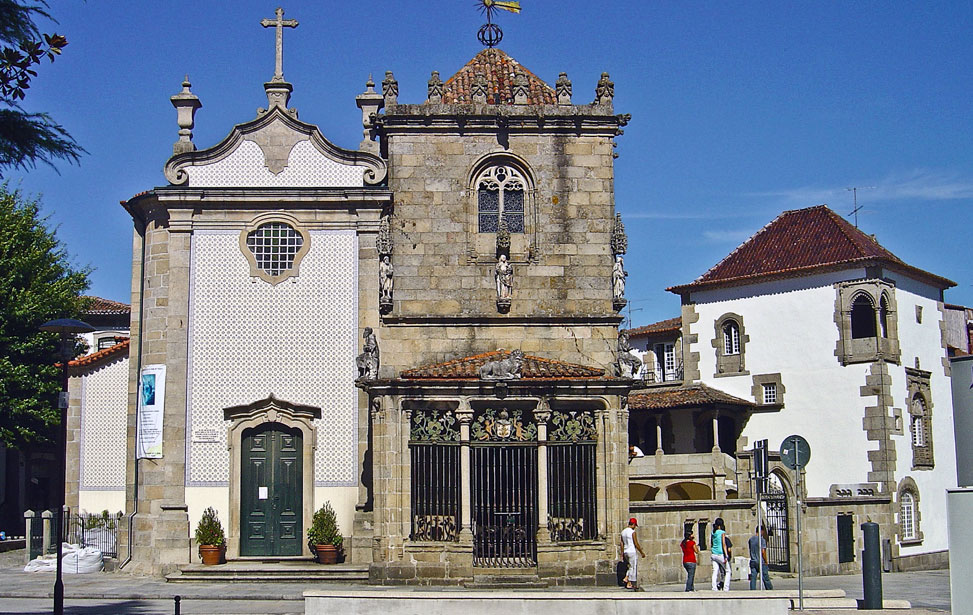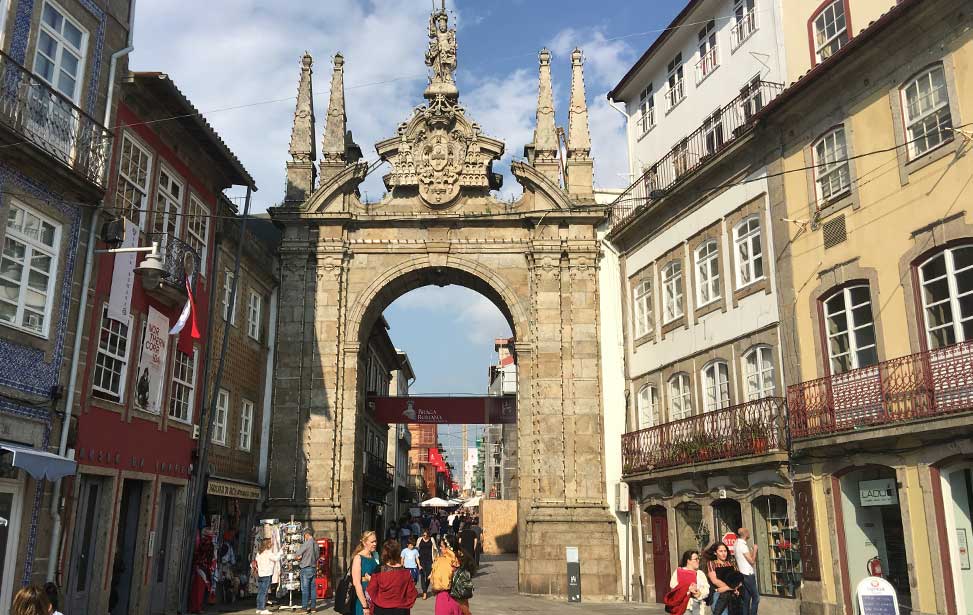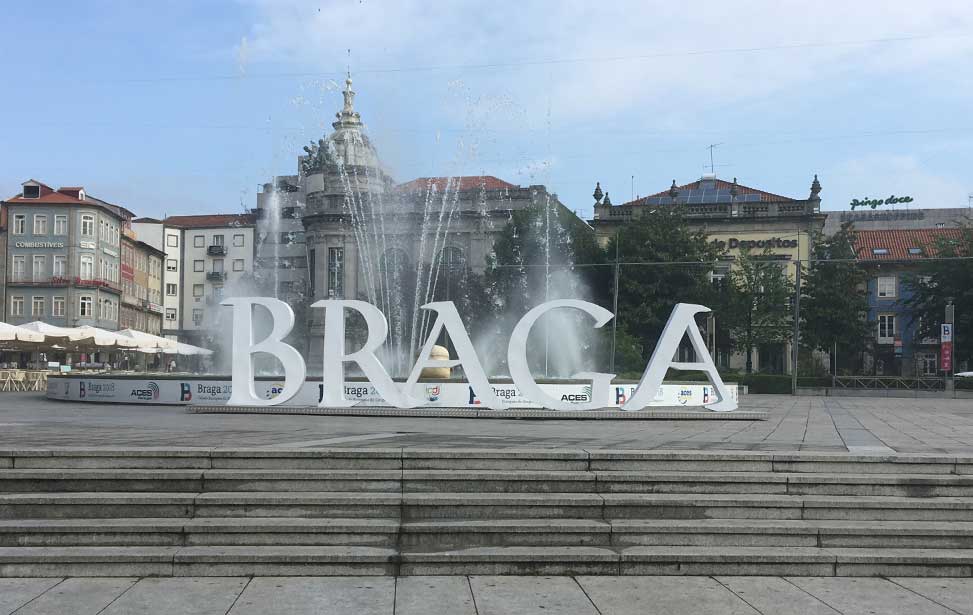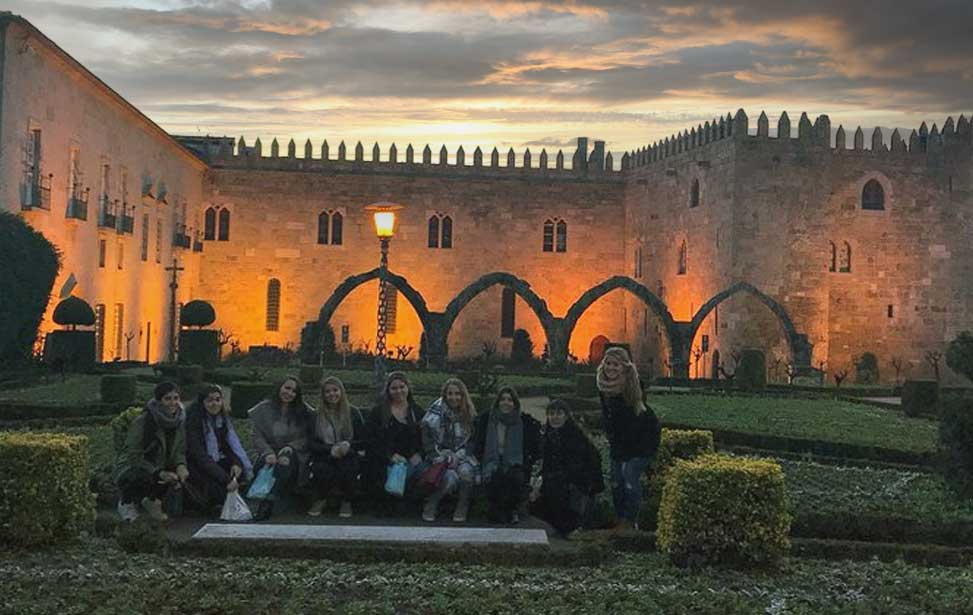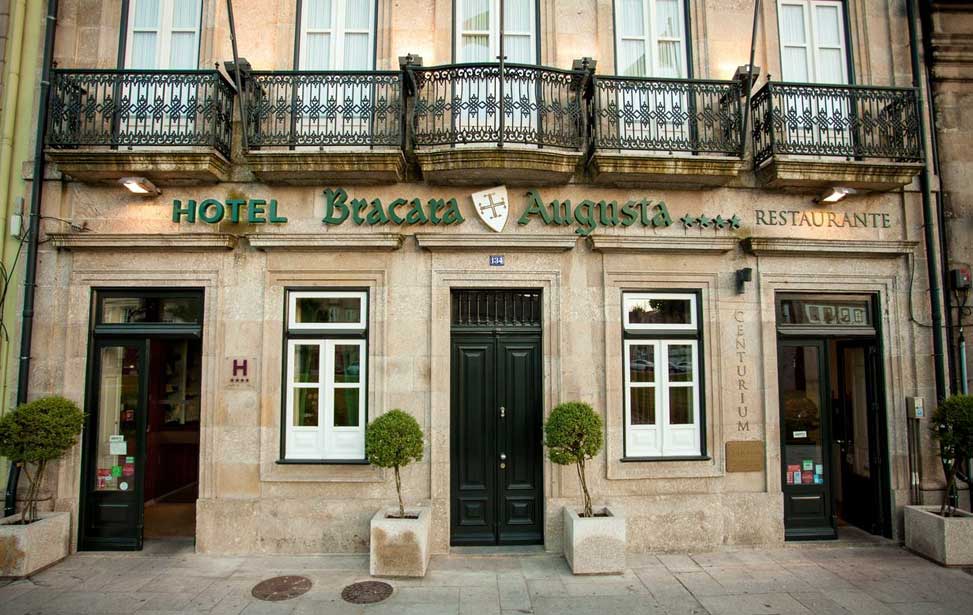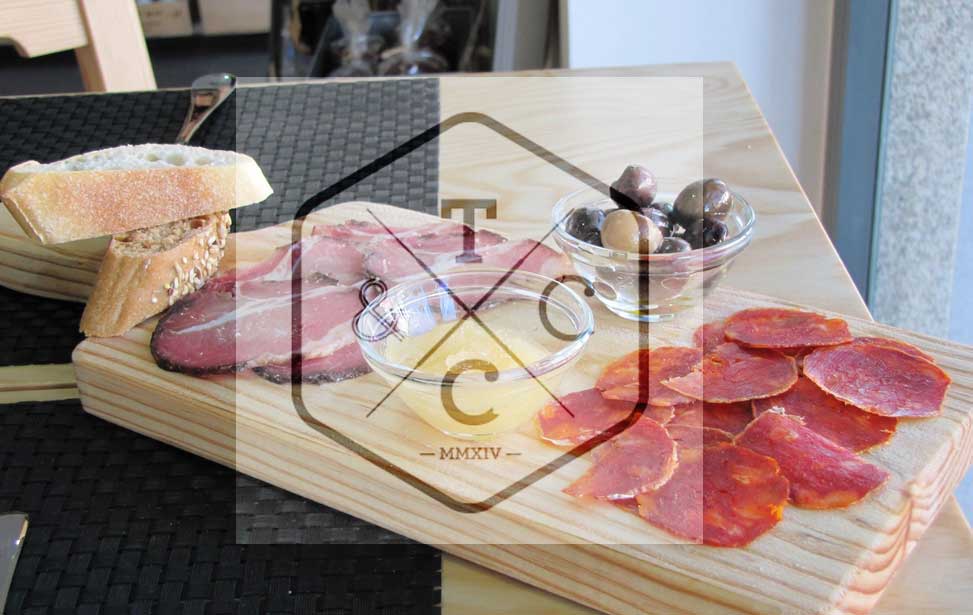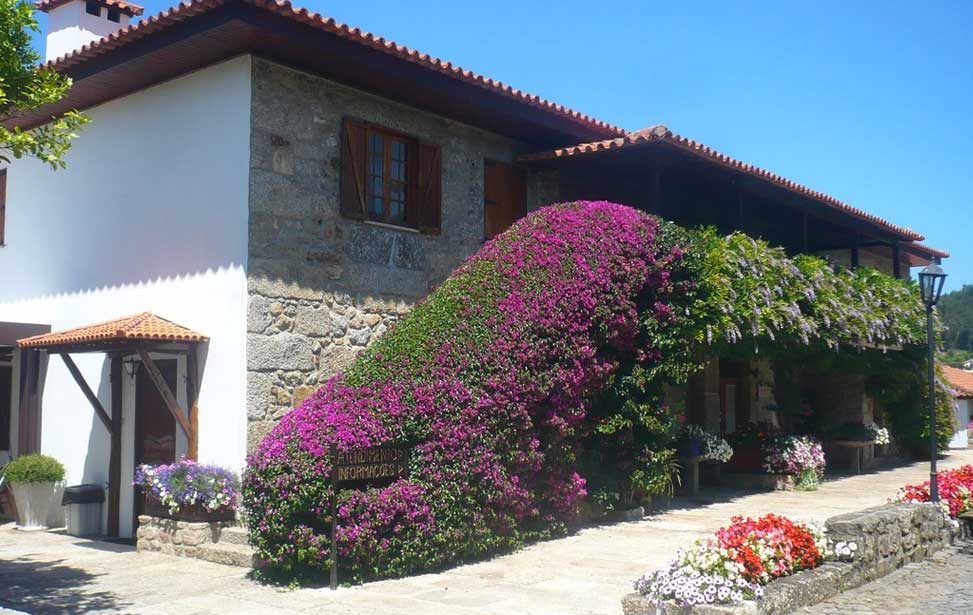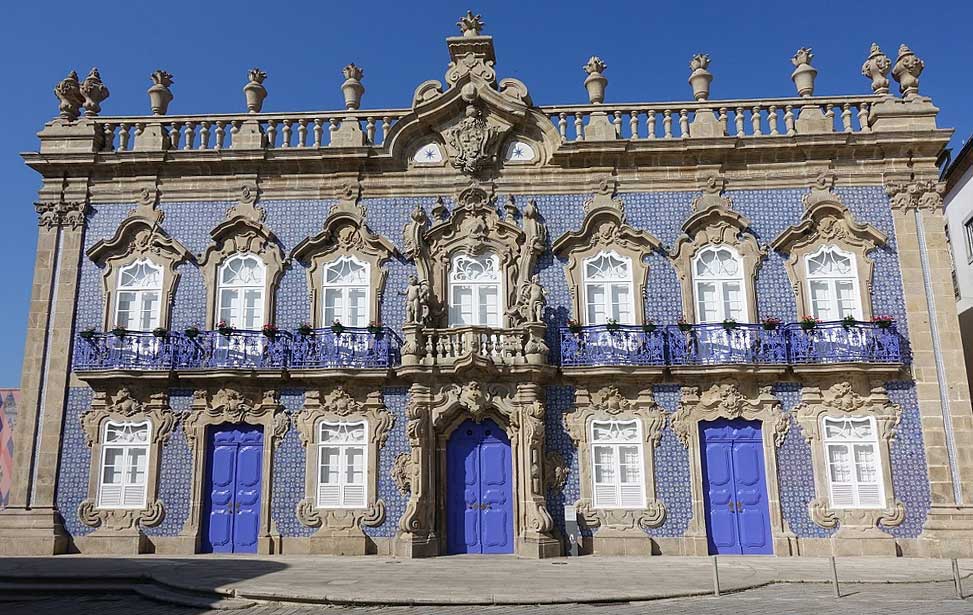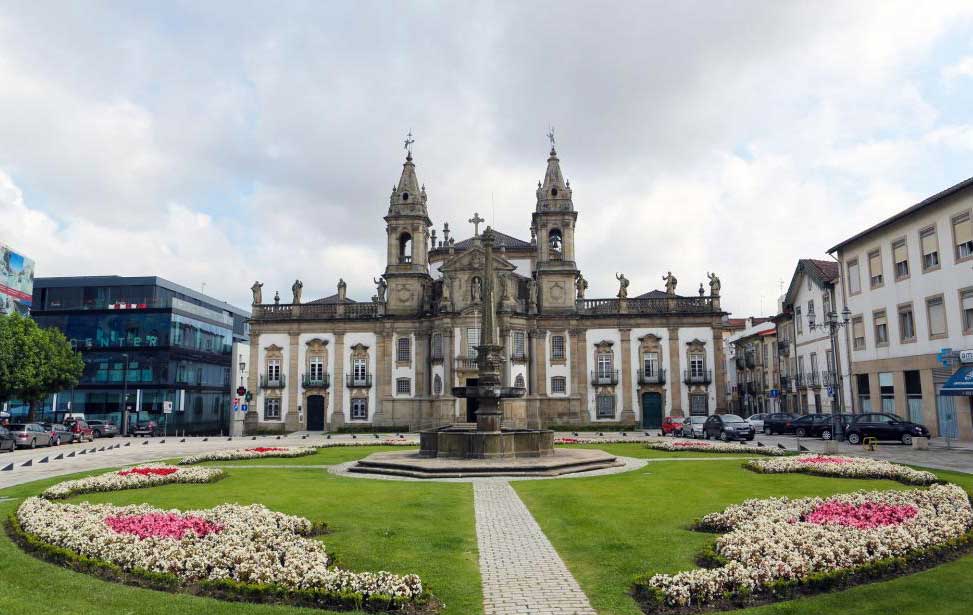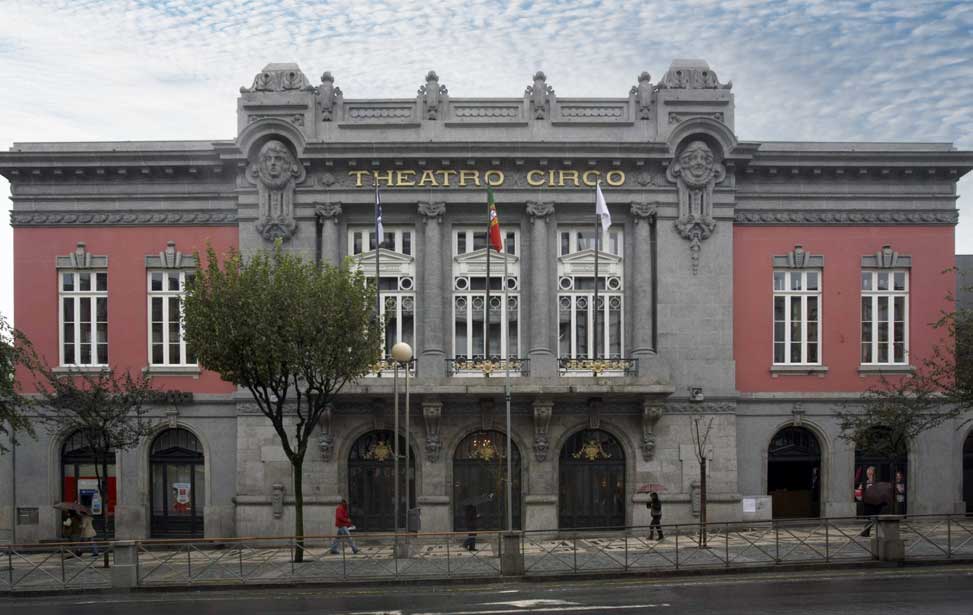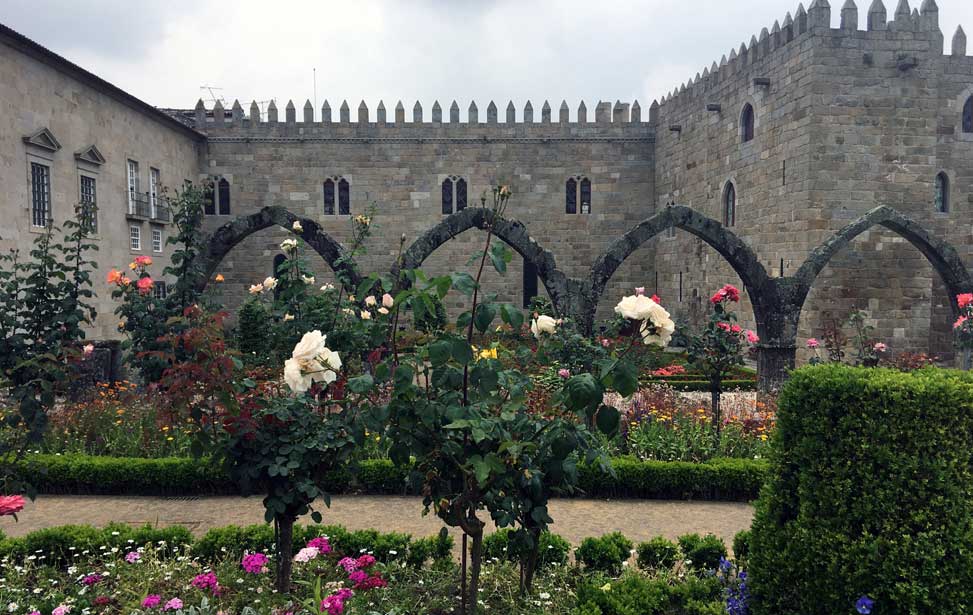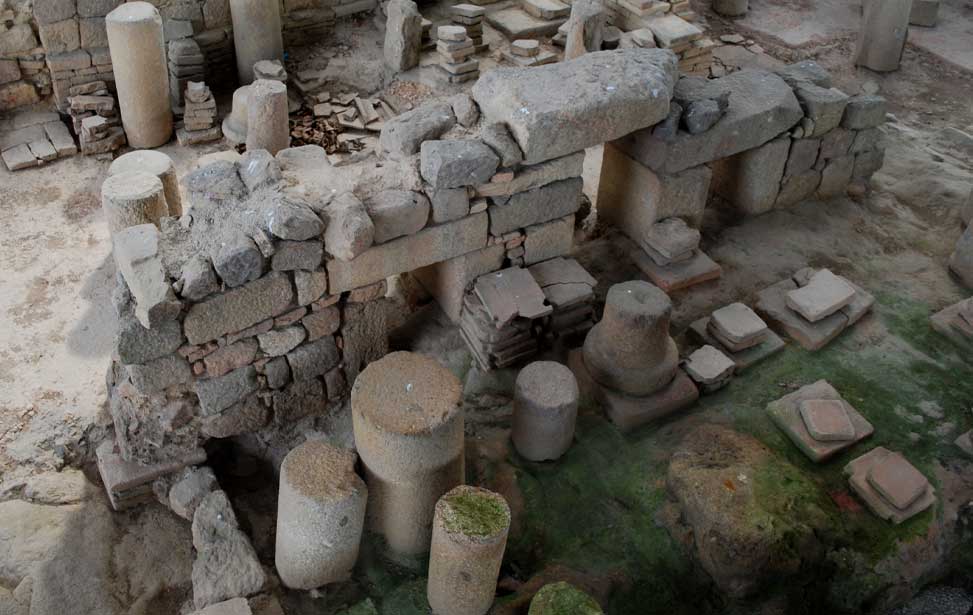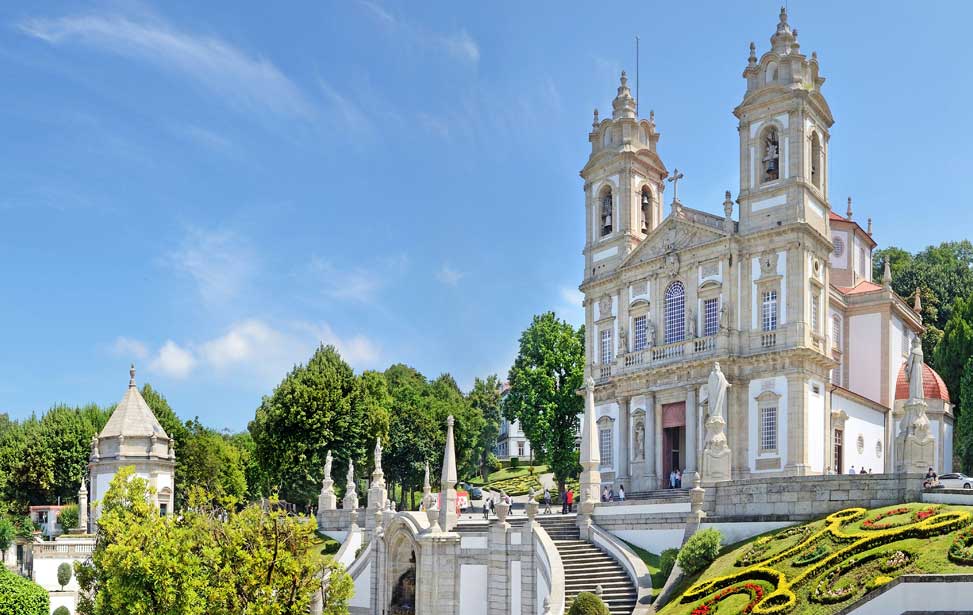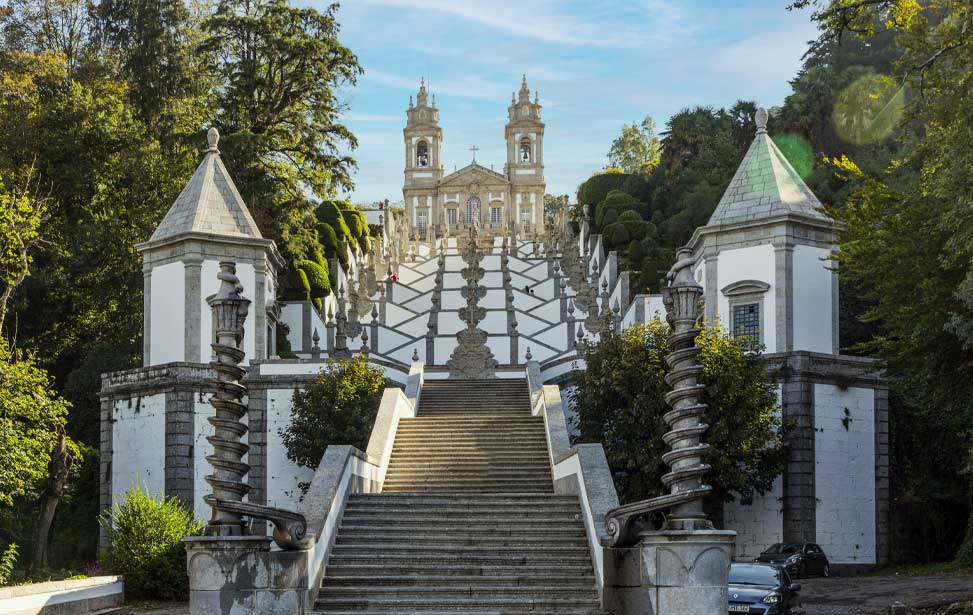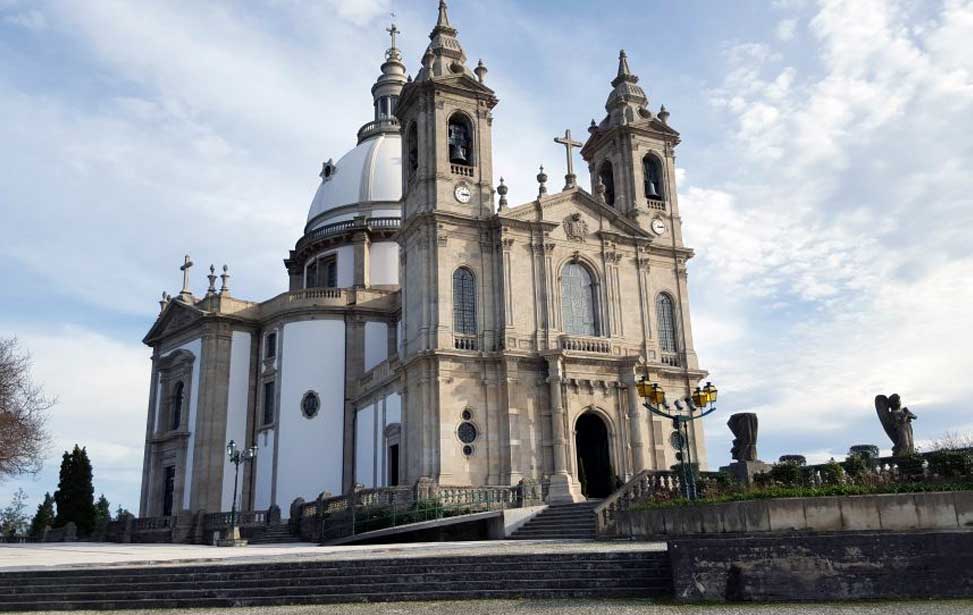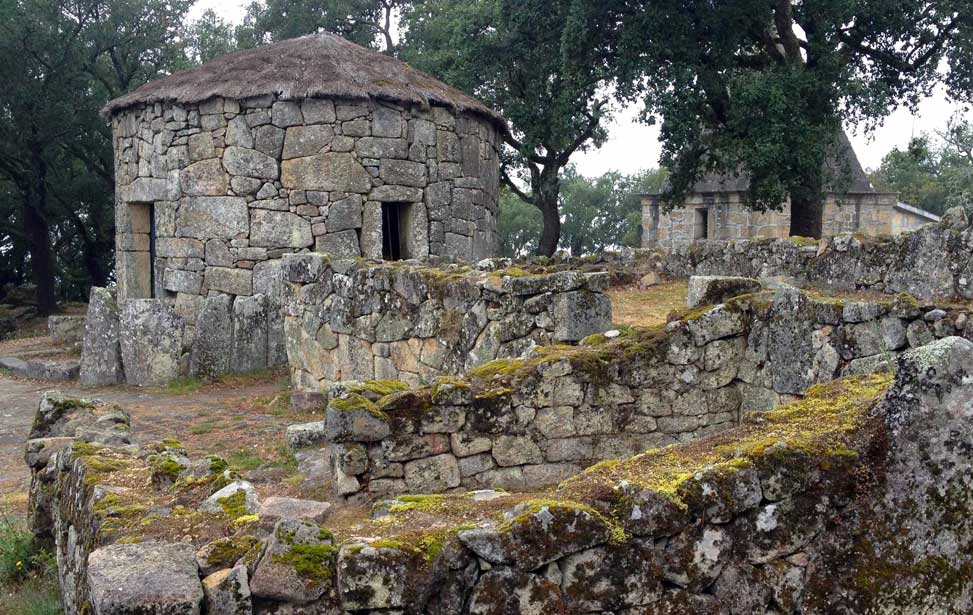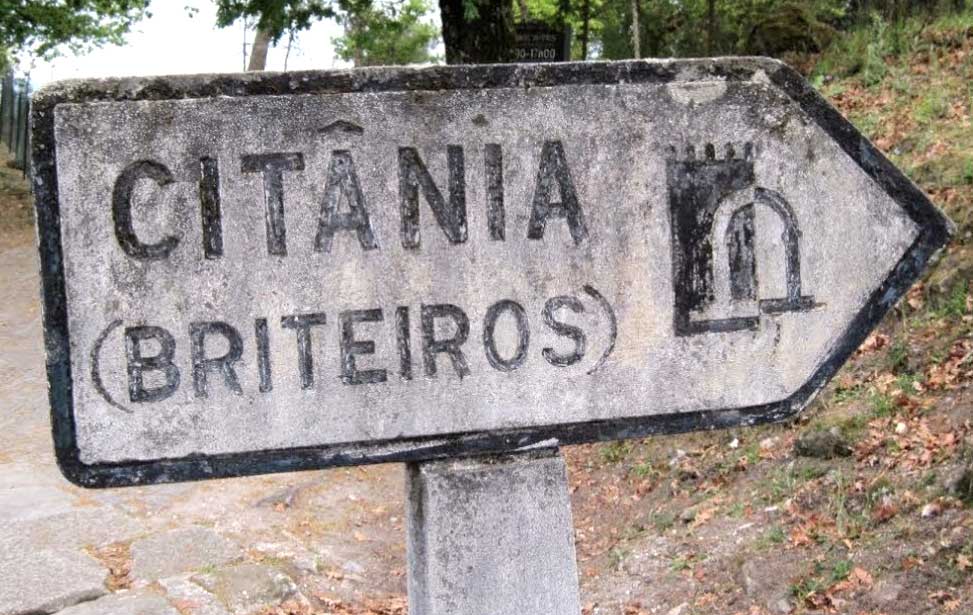BRAGA
Braga’s prime location between the Cávado and Este rivers has made it a key settlement since ancient times. Known for its deep religious roots, Braga has long been a hub for religious artefacts like carvings, church organs, bell casting, candles, candlesticks, and intricately embroidered vestments. Even today, Braga remains a major religious centre, earning it the nickname "Portugal's Rome." As you explore, you’ll find yourself just steps away from a church, seminary, or religious souvenir shop at almost every turn.
In recent years, Braga has grown into a bustling industrial town and now stands as the largest city north of Porto. Modern factories producing cars, electrical goods, leather items, and textiles have popped up in the city’s outskirts. But don’t let the industrial growth fool you—Braga’s Old Town retains its historic charm, offering plenty to enchant visitors.
Wander through medieval streets lined with grand mansions, discover the remains of a castle keep, and take in the beauty of ornate fountains and palaces. With its delightful blend of old and new, Braga offers a unique experience where history and modernity coexist. Whether you're enjoying a meal at a cosy café or visiting one of the many churches, Braga is a city that beautifully balances its rich past with a vibrant present.









